Top 7 Best Food sources for higher Omega-3 fatty acids intake
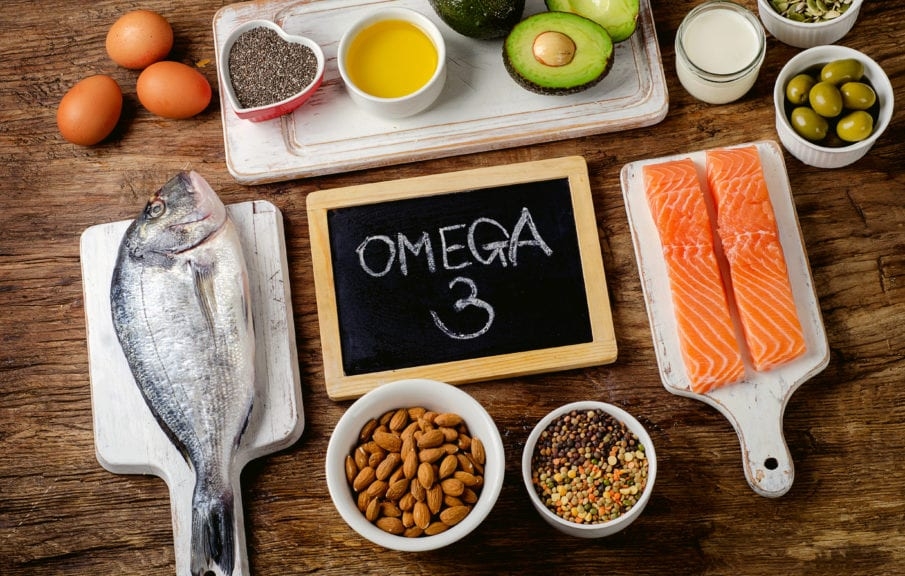 |
| Photo: Feedstrategy.com |
Fatty fish is an excellent dietary source of omega-3. People can also meet the recommended omega-3 intake by eating plant-based foods, including omega-3-rich vegetables, nuts, and seeds. There are three main types of omega-3 fatty acid, which are called ALA, DHA, and EPA.
Plant sources, such as nuts and seeds, are rich in ALA, while fish, seaweed, and algae can provide DHA and EPA fatty acids. Eating a variety of omega-3 sources is important. In this article, we list the best sources of omega-3 fatty acids, including omega-3 supplements, according to Medicalnewstoday.
Top 7 Best Food sources for higher Omega-3:
1. Mackerel
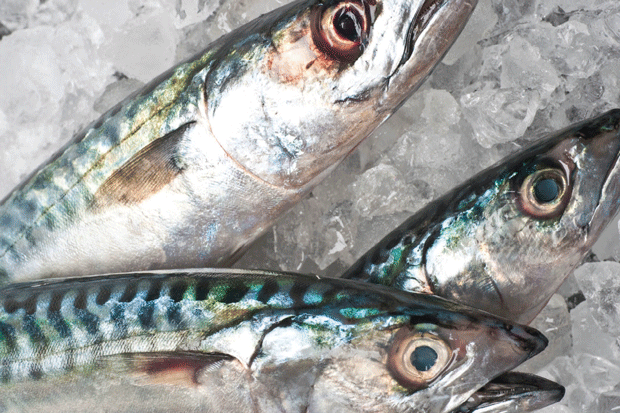 |
| Photo: Thegrocer.co.uk |
Mackerel are small, fatty fish. In Western countries, they are commonly smoked and eaten as whole fillets. Mackerel are incredibly rich in nutrients — a 3.5-ounce (100-gram) serving packs 200% of the Reference Daily Intake (RDI) for vitamin B12 and 100% for selenium.
What’s more, these fish are delicious and require little preparation. Omega-3 content: 4,107 mg in one piece of salted mackerel, or 5,134 mg per 3.5 ounces (100 grams), Healthline noted.
2. Salmon
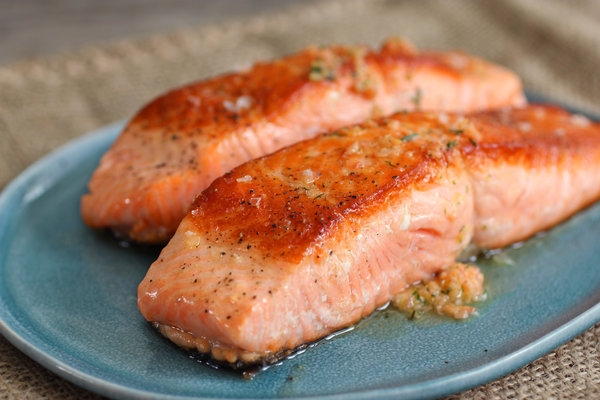 |
| Photo: Cooking.nytimes.com |
Salmon is one of the most popular and highly nutritious types of fish available. There are several differences between wild and farmed salmon, including some variations in the omega-3 content.
One serving of farmed salmon contains: 1.24 g of DHA and 0.59 g of EPA One serving of wild salmon contains: 1.22 g of DHA and 0.35 g of EPA. Salmon also contains high levels of protein, magnesium, potassium, selenium, and B vitamins.
3. Cod liver oil
 |
| Photo: Medicalnewstoday.com |
Cod liver oil is more of a supplement than a food. As the name implies, it is oil extracted from the livers of codfish. This oil is not only high in omega-3 fatty acidsbbut also loaded with vitamins D and A, with a single tablespoon providing 170% and 453% of the RDIs, respectively.
Therefore, taking just one tablespoon of cod liver oil more than satisfies your need for three incredibly important nutrients. However, don’t take more than one tablespoon at a time, as too much vitamin A can be harmful.
4. Soybeans
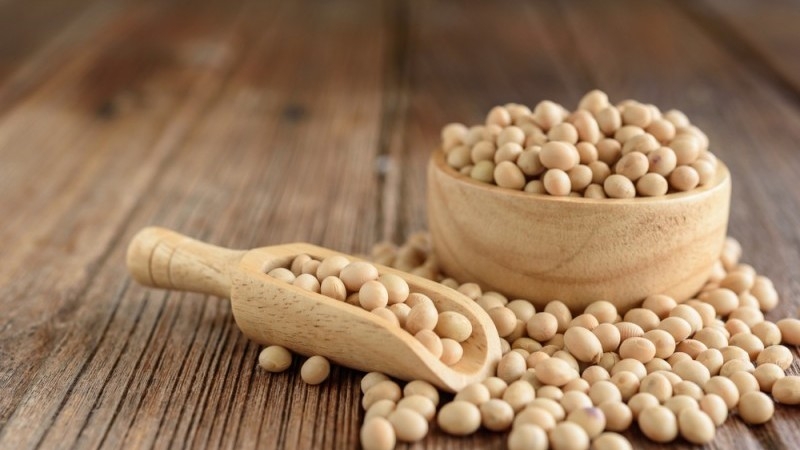 |
| Photo: Think.ing.com |
Not many people know that this plant source is quite rich in Omega-3 fats. Soybeans have ALA, which promotes heart health. In fact, having one bowl of lightly cooked soybeans contains more omega-3 fats than some cold water fish!
5. Walnuts
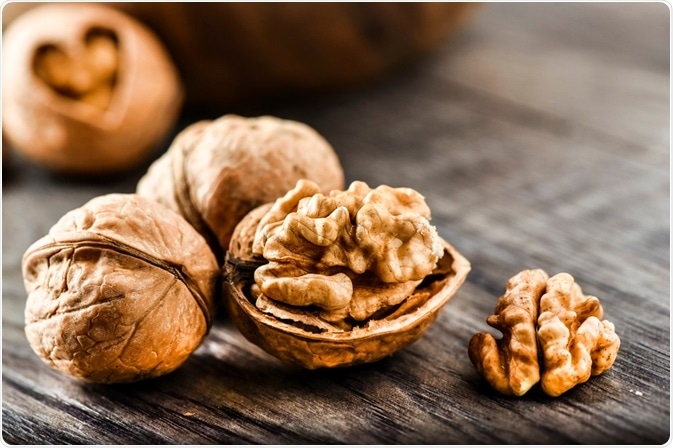 |
| Photo: News-medical.net |
Add walnuts n your favourite baked dishes, sprinkle it on salads and cereals or have it as it is, walnuts are great in all manner. This nut not only provides you with multiple vascular benefits but also helps you to maintain your ideal weight over time, Food.ndtv suggested.
6. Oysters
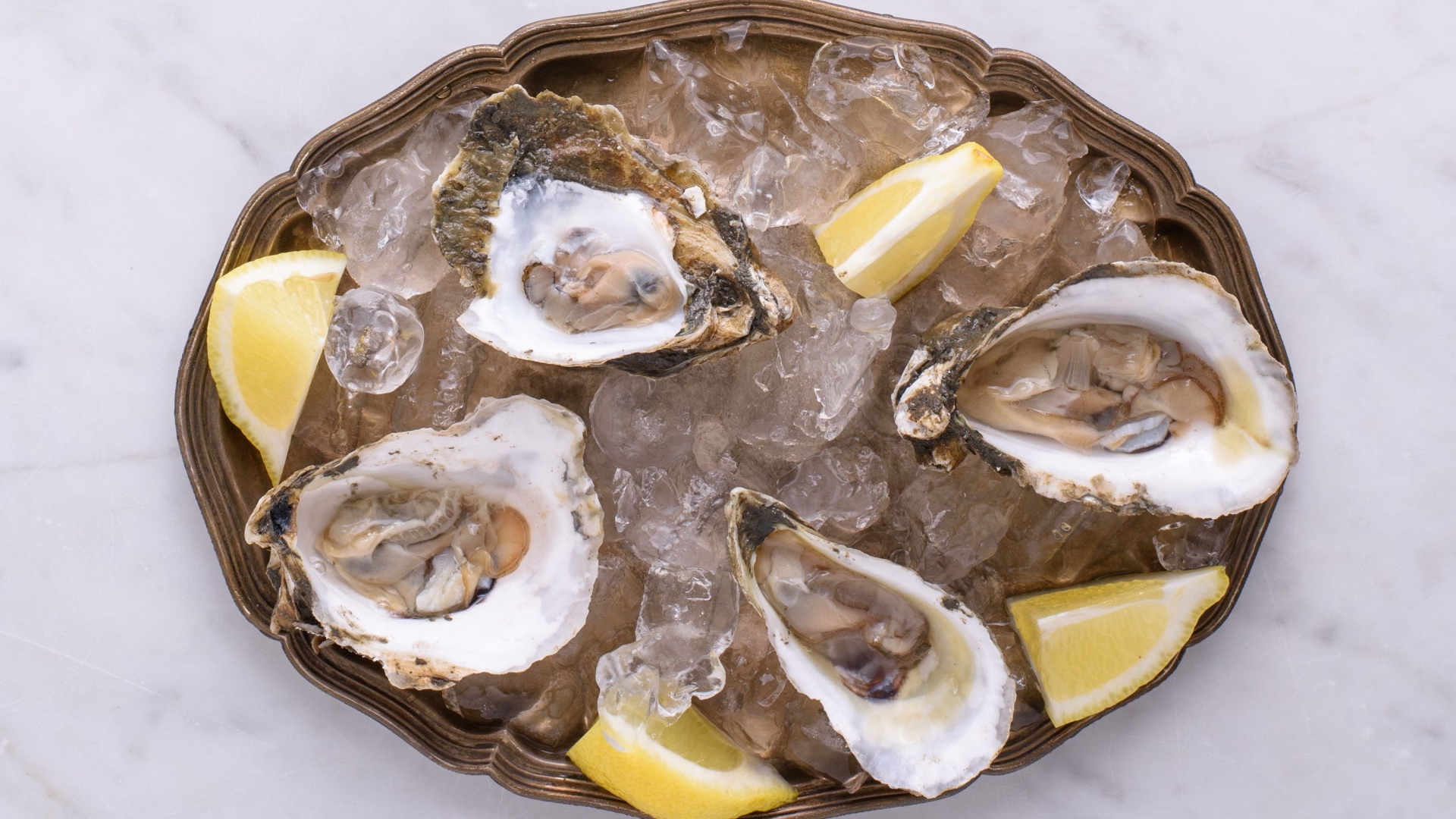 |
| Photo: Verywellfit.com |
Shellfish are among the most nutritious foods you can eat. In fact, oysters contain more zinc than any other food on the planet. Just 6 raw eastern oysters (3 ounces or 85 grams) pack 293% of the RDI for zinc, 70% for copper, and 575% for vitamin B12.
Oysters can be eaten as an appetizer, snack, or whole meal. Raw oysters are a delicacy in many countries.
7. Sardines
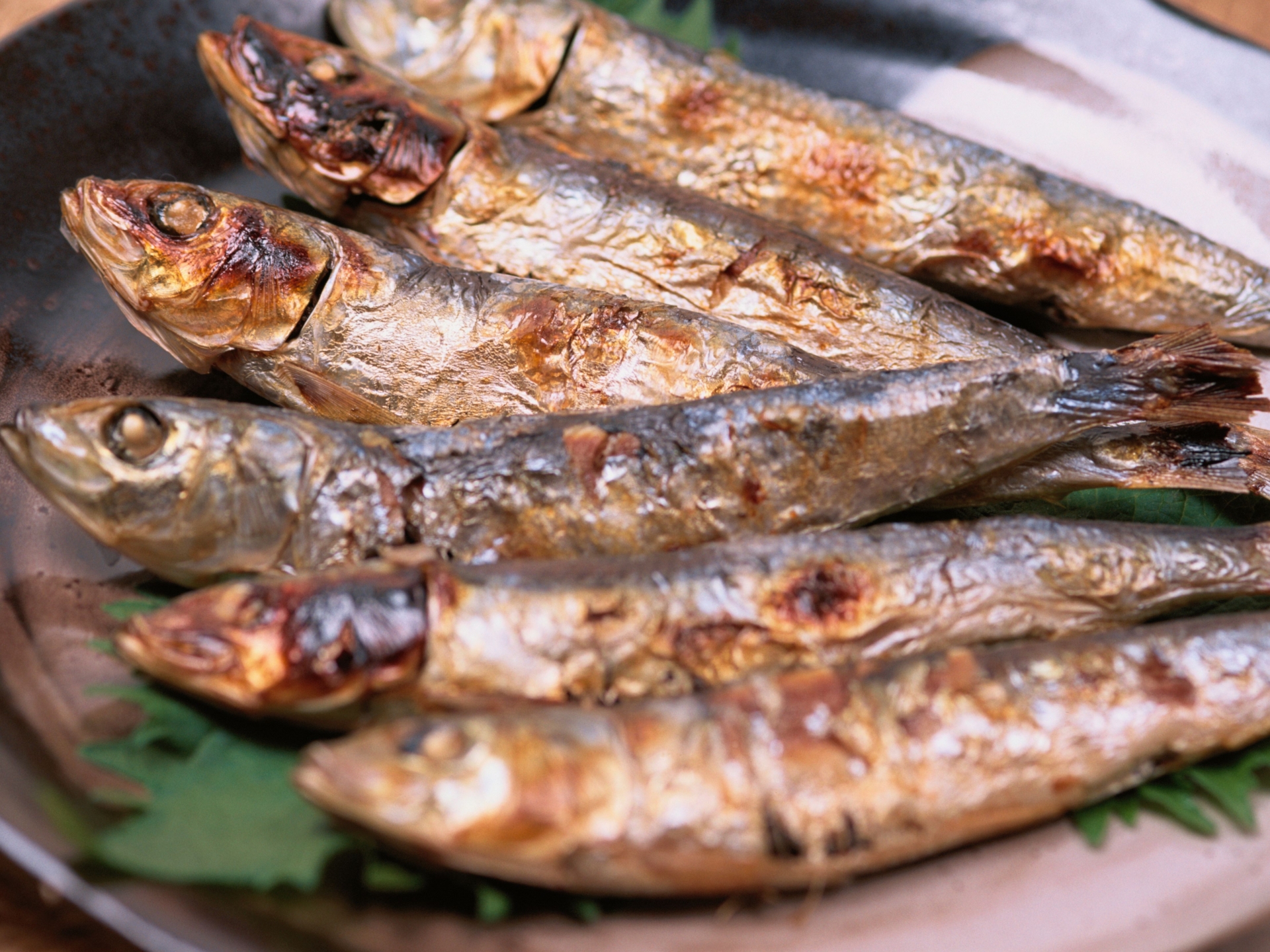 |
| Photo: Thespruceeat.com |
They are tiny and oily, and less expensive than other types of fish. Higher in sodium, they can balance out your meal with low sodium fruits and vegetables. They are usually eaten out of a tin/jar as a snack or you can add them to sandwiches, salads or pizzas. They'd still taste great and provide your body a handful of comfort.
Attention: What if we absorb too much Omega-3 fatty acids?
A new review suggests that omega-3 fatty acids taken in excess could have unintended health consequences in certain situations, and that dietary standards based on the best available evidence need to be established. Previous research led by Michigan State University's Jenifer Fenton and her collaborators found that feeding mice large amounts of dietary omega-3 fatty acids led to increased risk of colitis and immune alteration. Those results were published in Cancer Research in 2010, Today.oregonstate.edu reported.
So how much Omega-3 fatty acids is enough?
| Various mainstream health organizations have released their own expert opinions, but they vary considerably. Overall, most of these organizations recommend a minimum of 250–500 mg combined EPA and DHA each day for healthy adults. The recommended dietary allowance (RDA) for alpha-linolenic acid is 1.6 grams per day for men and 1.1 grams per day for women, Healthline suggested. |























